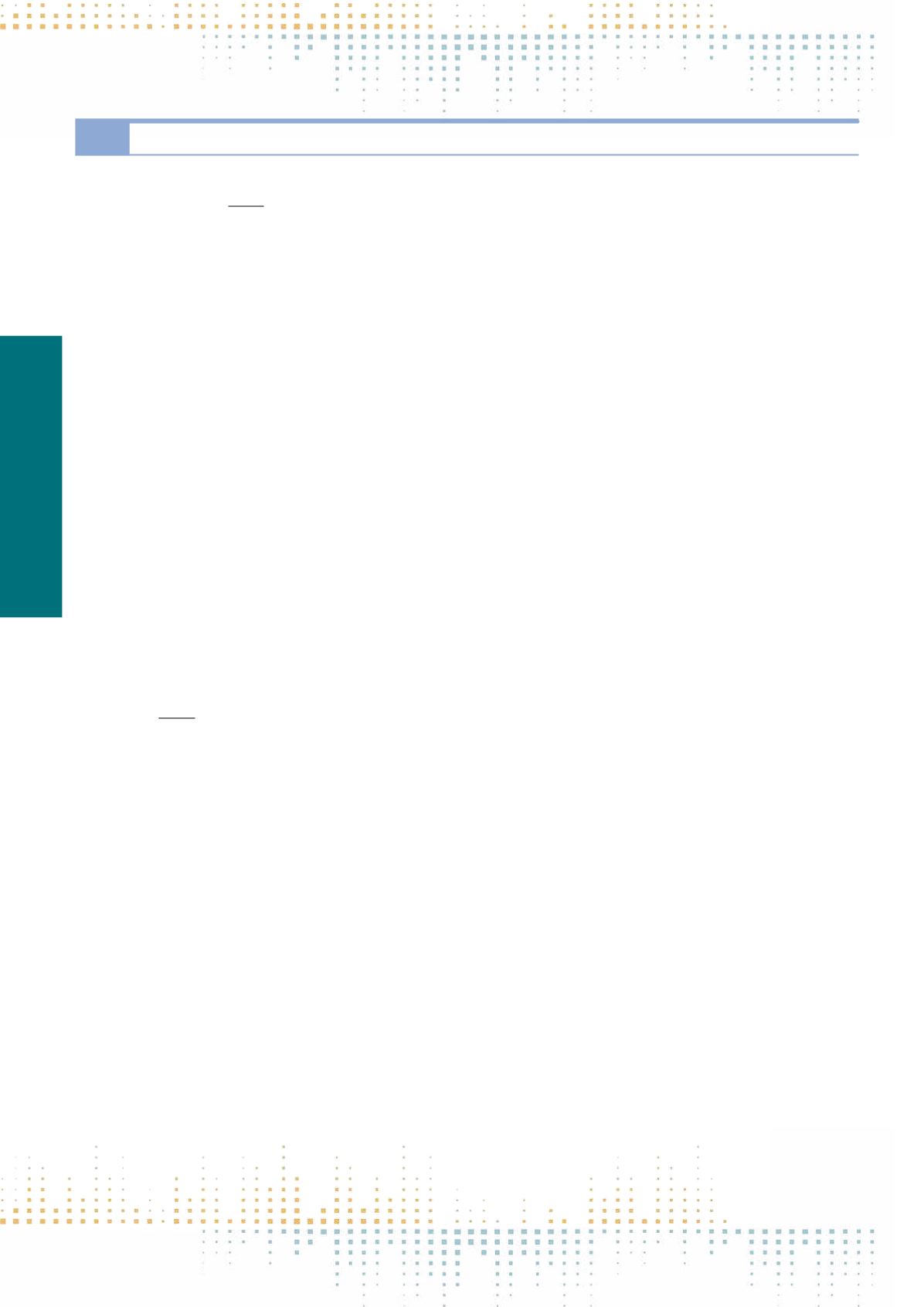

544
Saturday, November 12
1 6 : 0 0 – 1 7 : 3 0
POL16
Twitter and Politics
PP 654
Representation, Participation, or Deliberation? The Political Discourse About the German Renewable Energy Act on Twitter
I. Engelmann
1
, A. Kloss
2
, T. Brockmann
3
, C. Neuberger
2
1
Friedrich-Schiller-Universität Jena, Jena, Germany
2
LMU Munich, Munich, Germany
3
Universität Duisburg-Essen, Duisburg, Germany
Social network platforms in general and Twitter in particular are an increasingly relevant source of political information and site of public discourse among
politicians and citizens (Jürgens et al., 2011; Larsson & Moe, 2013; Rauchfleisch & Metag, 2015). Especially the dissemination of political tweets furthers
the visibility of political contributions for their audiences, including citizens, journalists, and politicians. According to public sphere theories, visibility of dif‑
ferent actors and their concerns are a precondition for more demanding normative functions such as empowerment or deliberation (Ferree et al., 2002).
Therefore, we herein explore the characteristics fostering the information diffusion on Twitter. We ask to what extent selected and more visible information
fulfills the normative requirements of different traditions of public sphere theories: representative liberal theories (Schumpeter, 1976; Sartori, 1987), par‑
ticipatory liberal theories (Putnam, 2000), and deliberative theories (Gutmann & Thompson, 1996; Habermas, 1996). From the three theory strands we
derived two normative criteria concerning the input dimension: Elite dominance vs. popular inclusion and three criteria concerning the process dimension:
Free market place of ideas, empowerment vs. deliberation (Ferree et al., 2002). On the basis of these selected normative criteria, we developed empirically
testable hypotheses, which enable the discussion of our main question: What are the characteristics of political information on Twitter fostering redistribu‑
tion to a broader audience, and how can the results be assessed against the background of the three public sphere theory traditions?To answer our question
we tested the addressed effects on the example of the German public discourse about the issue of renewable energy. We tracked Twitter communication
regarding this issue over a period of about eight months. It covers the complete political process concerning the legislative reform of the German Renewable
Energy Act (abbreviated in German as EEG, for Erneuerbare Energien Gesetz), beginning with first reform ideas fixed in the coalition contract after the Ger‑
man parliamentary election in 2013 up to the date the law became effective in August 2014. A manual content analysis was conducted applying categories
of actors (PA = .78; κ = .71), opinion regarding EEG (PA = .62; κ = .40), and ideas expressing a reasoning device for or against the legislative reform (PA =
.60; κ = .44) of 9,371 tweets (5,598 original tweets, 3,733 retweets). The results show that the public discourse on Twitter about the EEG legislative reform
is best described by the normative criteria of participatory liberal models (popular inclusion, empowerment) and most poorly fits the ones addressed
by representative liberal models (partly given elite dominance and marketplace of ideas). Deliberation, defined as producing reasonable, well-informed
opinions, is a criterion that is not reinforced by information diffusion on Twitter. However, tweets without ideas have a low proportion compared to tweets
which presented ideas about the investigated issue. Therefore, the criterion of deliberation is partly fulfilled. The implication of these results and limitations
of this study will be discussed in our presentation.
PP 655
Twitter: A Useful Tool for Studying Elections?
I. Gaber
1
1
University of Sussex, Media and Film, Brighton, United Kingdom
The 2015 British General Election campaign was the first to take place in the UK with Twitter as an important part of the media landscape. This pilot proj‑
ect looked at 16 constituencies along England’s South Coast in order to investigate what impact, if any, Twitter had had on the campaign and the result.
The starting point for the research was a paper by Di Grazia and colleagues (2013) which appeared to demonstrate a direct correlation (but not causation)
between the number of tweets Republican congressional candidates in 2012 sent and their subsequent electoral success. We sought to replicate this study.
We could find no correlation between levels of twitter activity by candidates and subsequent electoral success. However, on the basis of an analysis of al‑
most half a million tweets, there appeared to be some correlation between the rate at which candidates responded to incoming tweets and their relative
electoral performance but this was not demonstrable for all parties (it applied in particular to candidates representing Labour and UKIP, the UK Indepen‑
dence Party). In addition, high rates of reply also appeared to have a positive impact on constituency turnout figures. The findings are not yet conclusive
but they do suggest that Twitter could be a good indicator of general levels of local party activism. The research also sought to understand how candidates
used Twitter differently and established a number of candidate ‘classifiers’It also investigated the issues agenda that was dominating Twitter conversations
during the campaign and found that Twitter’s agenda was closer to the public’s than was that of the of the national media. Overall it is difficult to conclude
that Twitter had a major impact on the election campaign, based on the evidence we collected but it does appear to be a promising tool for tracking and
measuring levels of local and candidate political activity.



















